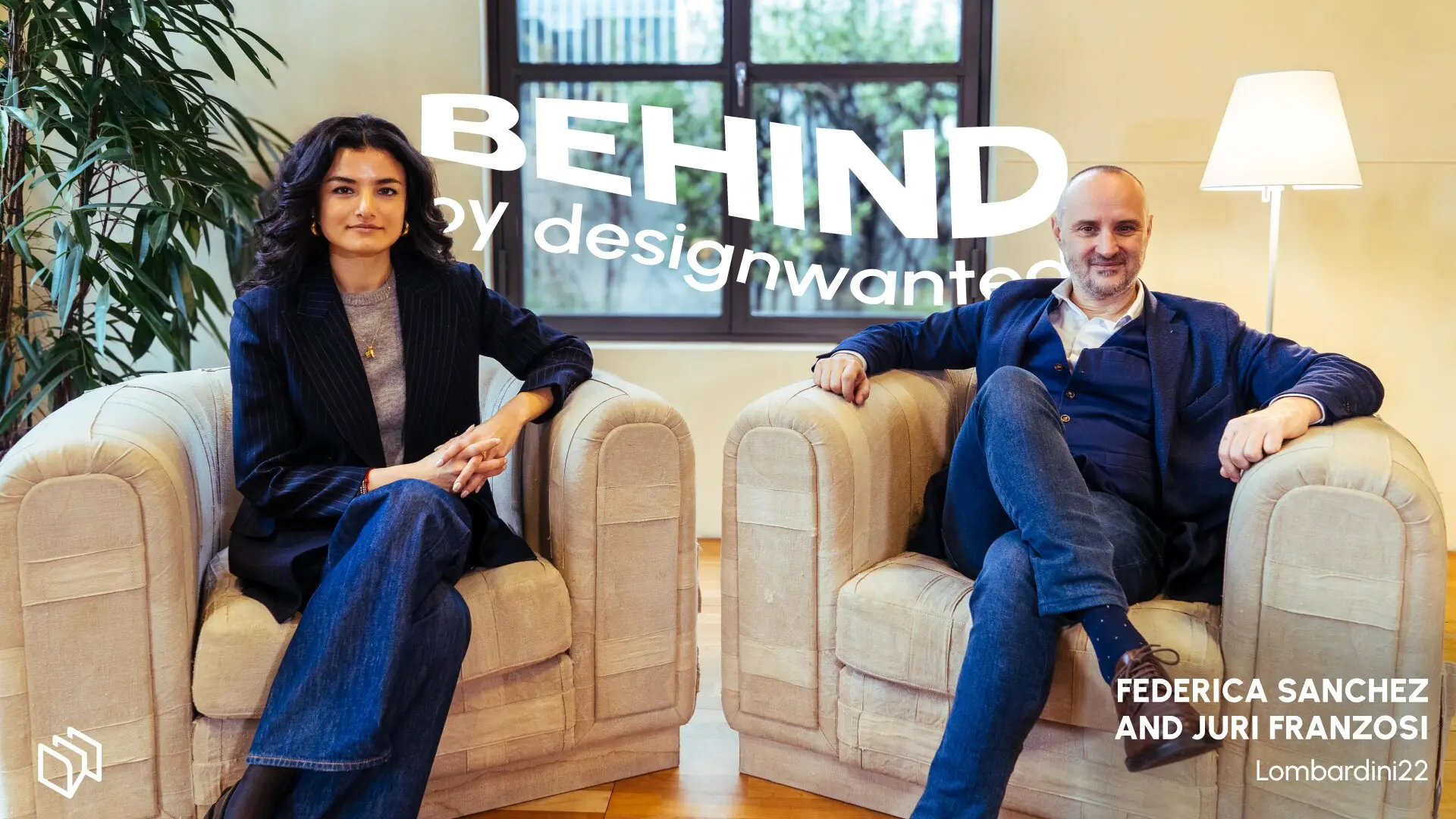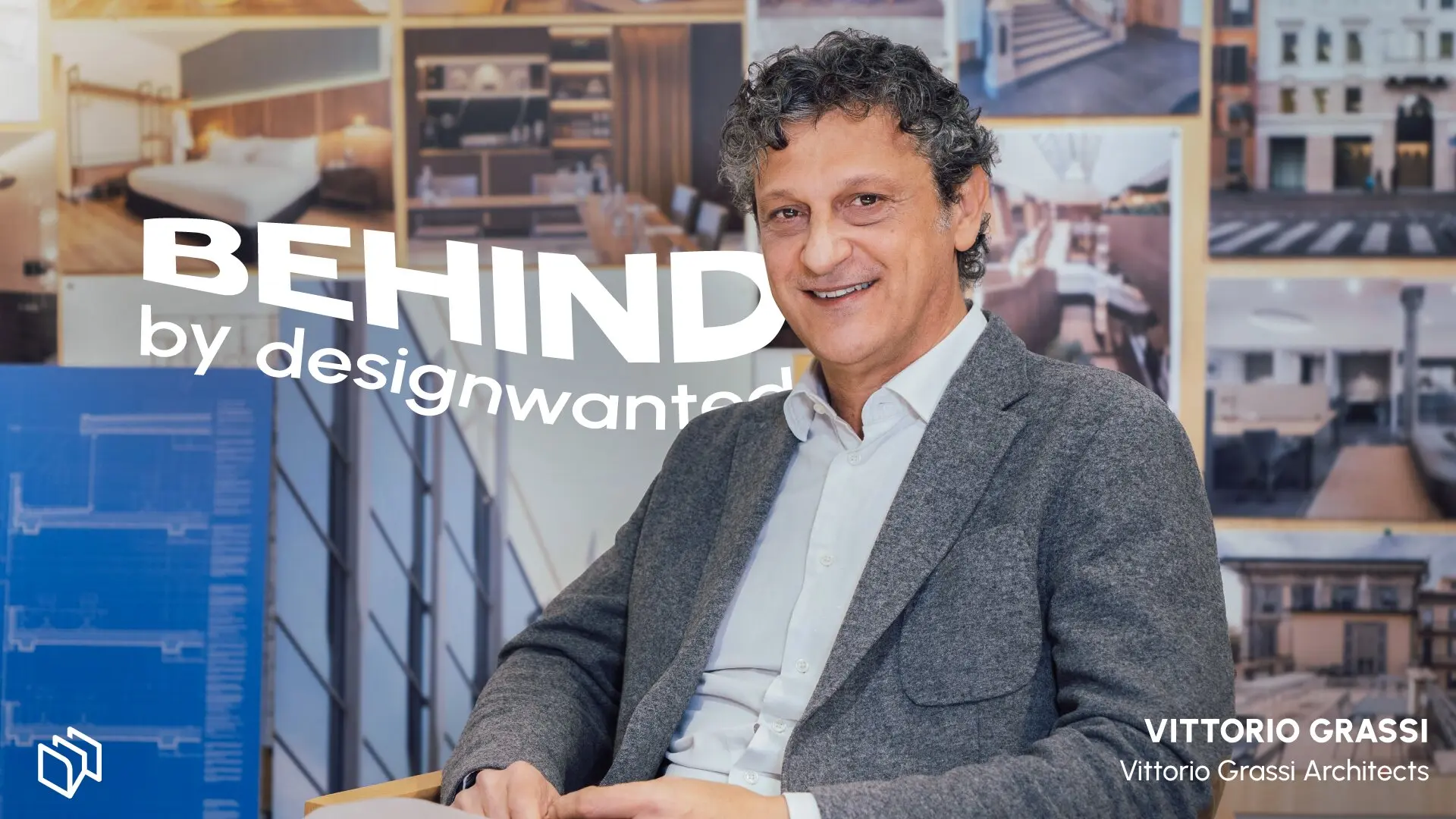
Habits: Where technology meets poetic design solutions
Based in Milan and founded by Innocenzo Rifino and Diego Rossi in 2004, Habits has become a reference point in the intersection of industrial and technology-driven design, focusing mainly on digital products, home appliances, industrial equipment, lighting, IoT, UX interaction and interfaces.
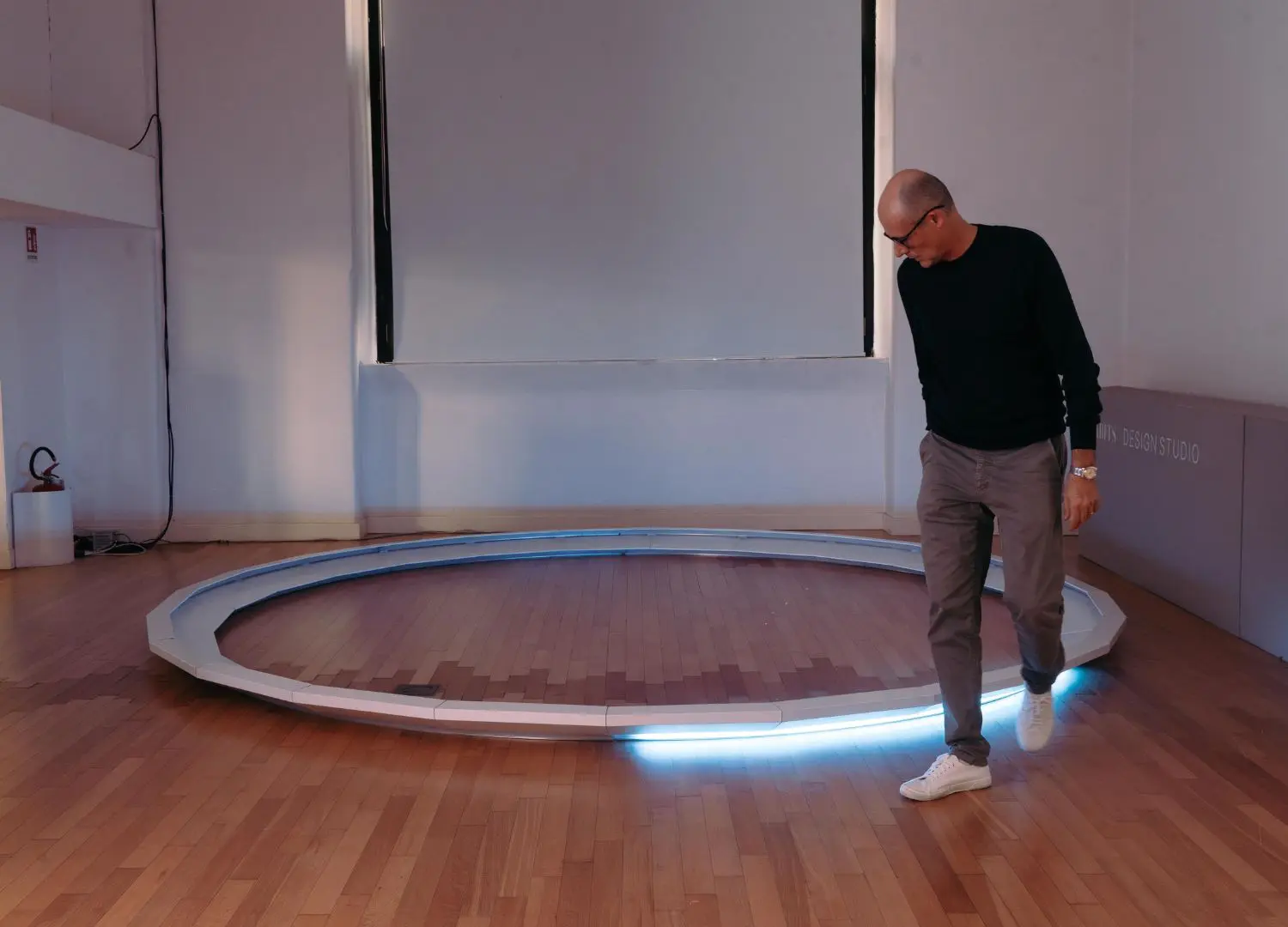
The studio’s trajectory took a significant turn around 2012 when they embraced physical computing. Their partnership with Arduino’s founder, Massimo Banzi, led them to experiment with open-source technologies, resulting in a series of prototypes, including lamps and gesture-controlled speakers that redefined conventional electronics.
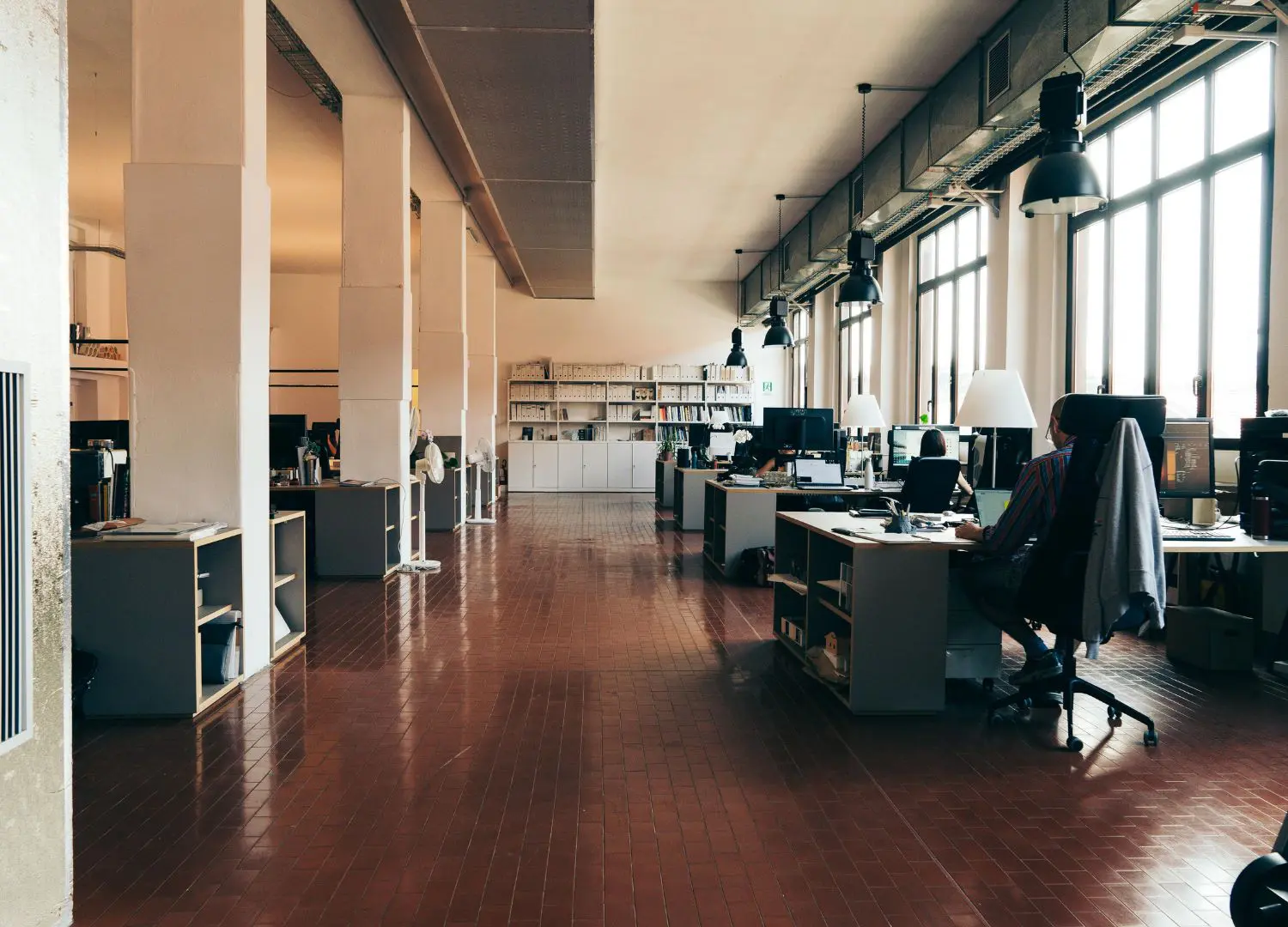
At the core of Habits’ design ethos is a commitment to creating moments of quiet wonder for those who engage with their products. Avoiding visual excess, their designs are stripped down to essential, minimalist forms, allowing the real magic to emerge through subtle, poetic interactions. These delicate reactions imbue each object with a sense of discovery, transforming everyday functions into experiences that resonate on an emotional level.

A key aspect is their focus on reducing the gap between concept and physical realization. From the outset, they prioritize visualizing the product experience by considering geometric proportions and interactive layers, merging mechanical prototyping techniques like 3D printing with electronics to create three-dimensional demonstrations of their designs. This hybrid approach allows them to test and refine products early on, ensuring that the final outcome aligns closely with their original vision.
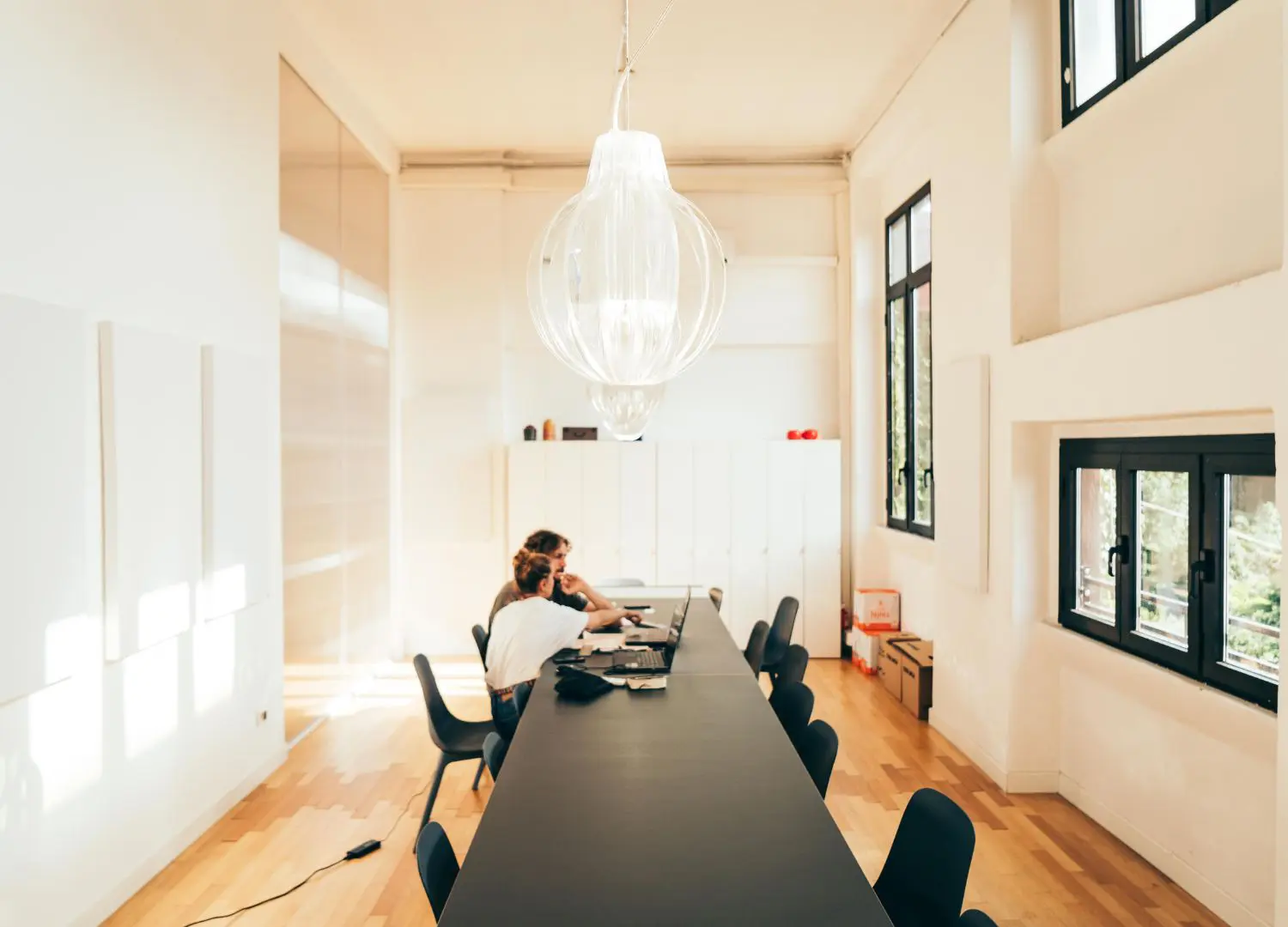
The studio’s strength is founded on its multidisciplinary team, composed of industrial designers, electronic and mechanical engineers, model makers, interaction and visual designers, and architects.
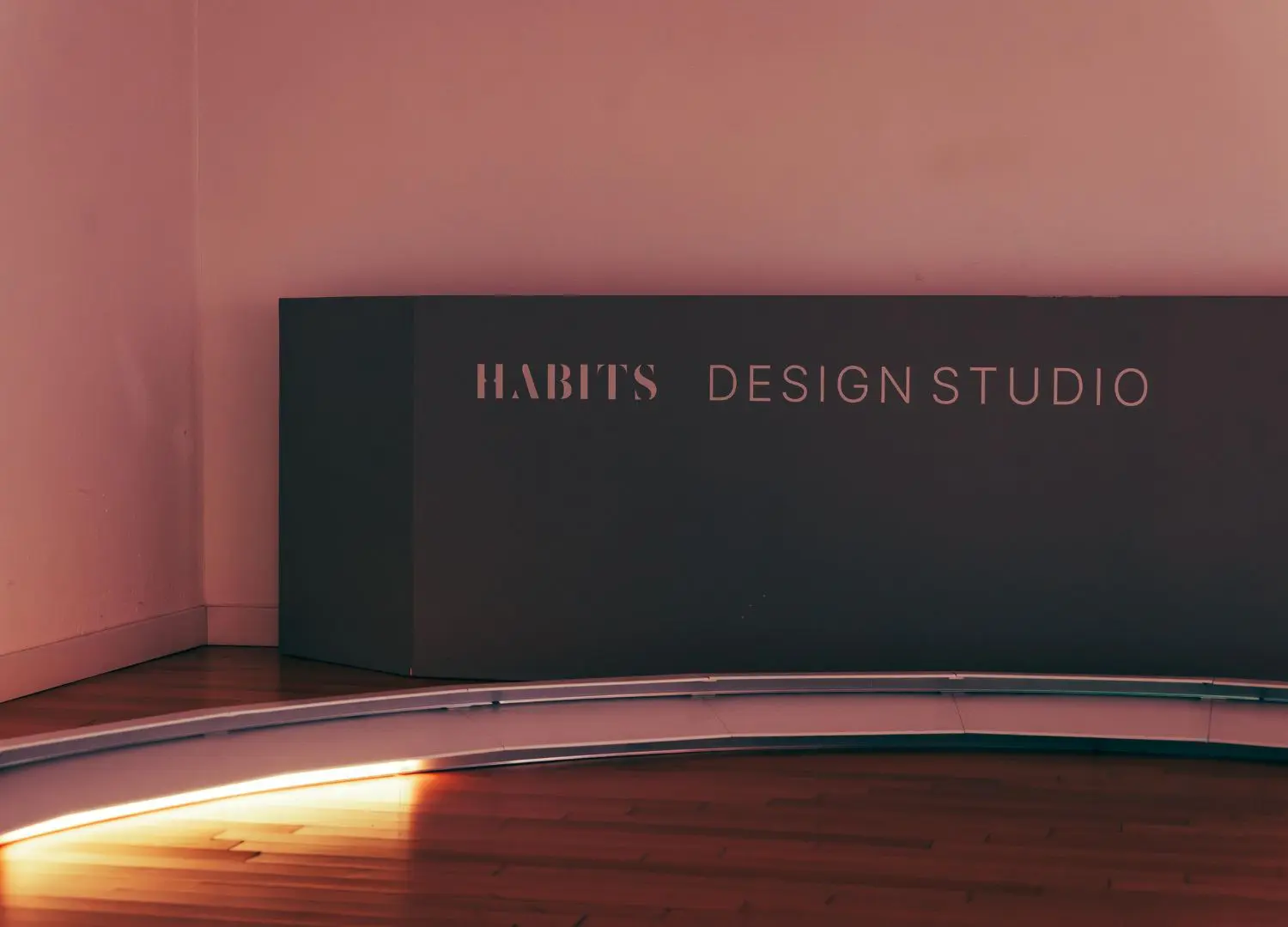
This diversity enriches their design process by drawing on a wide range of expertise, allowing them to deliver projects with greater depth and quality. Collaborating across various fields allows them to explore design from multiple angles, resulting in a more holistic understanding of each project and its potential.

Habits exemplifies how a design studio, supported by a multidisciplinary team, can create industrial products that are not devoid of soul but instead infused with a poetic touch that sets them apart in the industry.


